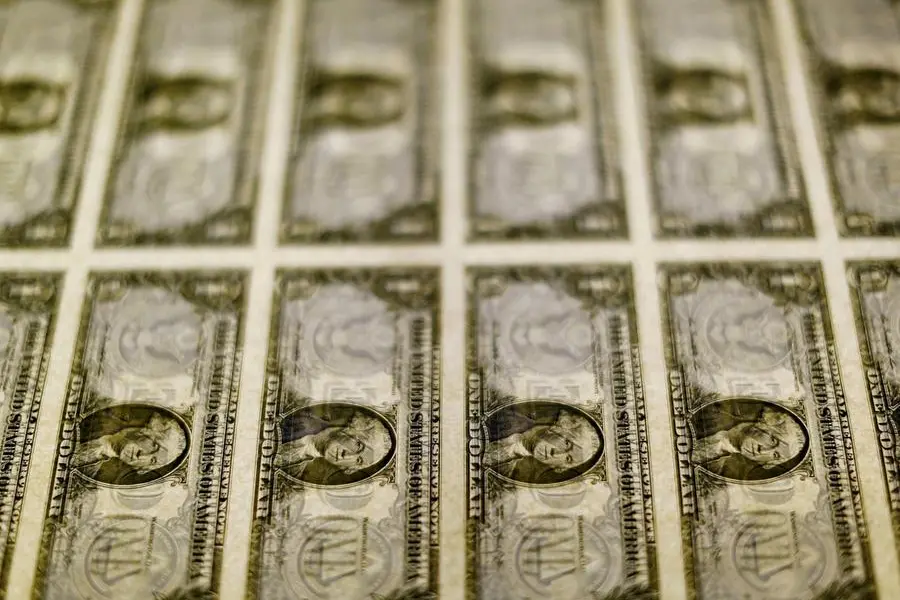PHOTO
U.S. Treasury yields rose on Thursday after data showed that jobless claims unexpectedly fell in the latest week, leading traders to cut bets that the Federal Reserve will make another 50-basis point cut at its November meeting.
Initial claims for state unemployment benefits dropped 4,000 to a seasonally adjusted 218,000 for the week ended Sept. 21. Economists polled by Reuters had forecast 225,000 claims for the latest week.
Claims “fell versus the expected increase,” said Zachary Griffiths, senior investment grade strategist at CreditSights in Charlotte. “There's a lot of focus on the labor market in terms of what the Fed is going to do next, so it's not so surprising to see the market reacting there.”
Other data on Thursday showed that U.S. economic growth accelerated in the second quarter amid strength in consumer spending.
Interest rate sensitive two-year yields were last up 2.7 basis points on the day at 3.580%. Benchmark 10-year yields fell 0.2 basis points on the day to 3.779%, but were higher than before the data was released.
The yield curve between two- and 10-year notes flattened three basis points to 20 basis points.
The Fed is expected to prioritize the health of the labor market in its decisionmaking in the coming months as inflation recedes closer to its 2% annual target. A resurgence in price pressures, however, could disrupt the U.S. central bank’s expected path of rate reductions.
Traders are now pricing in a 56% probability that the Fed will cut rates by 50 basis points at the conclusion of its Nov. 6-7 meeting, down from 63% before the data, according to the CME Group’s FedWatch Tool.
The Fed last week kicked off an anticipated series of interest rate cuts with a larger-than-usual half-percentage-point reduction that Fed Chair Jerome Powell said was meant to show policymakers' commitment to sustaining a low unemployment rate now that inflation has eased.
Traders are still pricing in aggressive rate cuts going forward, with another 76 basis points of cuts expected by year-end, and 196 basis points in reductions by the end of 2025.
“The market is still and has been priced for more than the Fed suggests it will deliver, even in that ‘dot plot’ that was updated just a week ago. So when we think about the balance of risk to yields, we see them as more skewed to the upside as it seems tough for the Fed to potentially deliver as much as the market is expecting,” said Griffiths.
Fed policymakers said last week they expect another 50 basis points in cuts this year.
Yields fell on Tuesday and odds of a larger rate cut in November rose after data showed that U.S. consumer confidence dropped by the most in three years in September amid mounting fears over the labor market.
This week's main U.S. economic focus will be the Personal Consumption Expenditures index for August on Friday.
The Treasury will sell $44 billion in seven-year notes on Thursday, the final sale of $183 billion in coupon-bearing supply this week.
It saw solid demand for a $70 billion sale of five-year notes on Wednesday and a $69 billion auction of two-year notes on Tuesday.
(Reporting By Karen Brettell, Editing by Nick Zieminski)






















